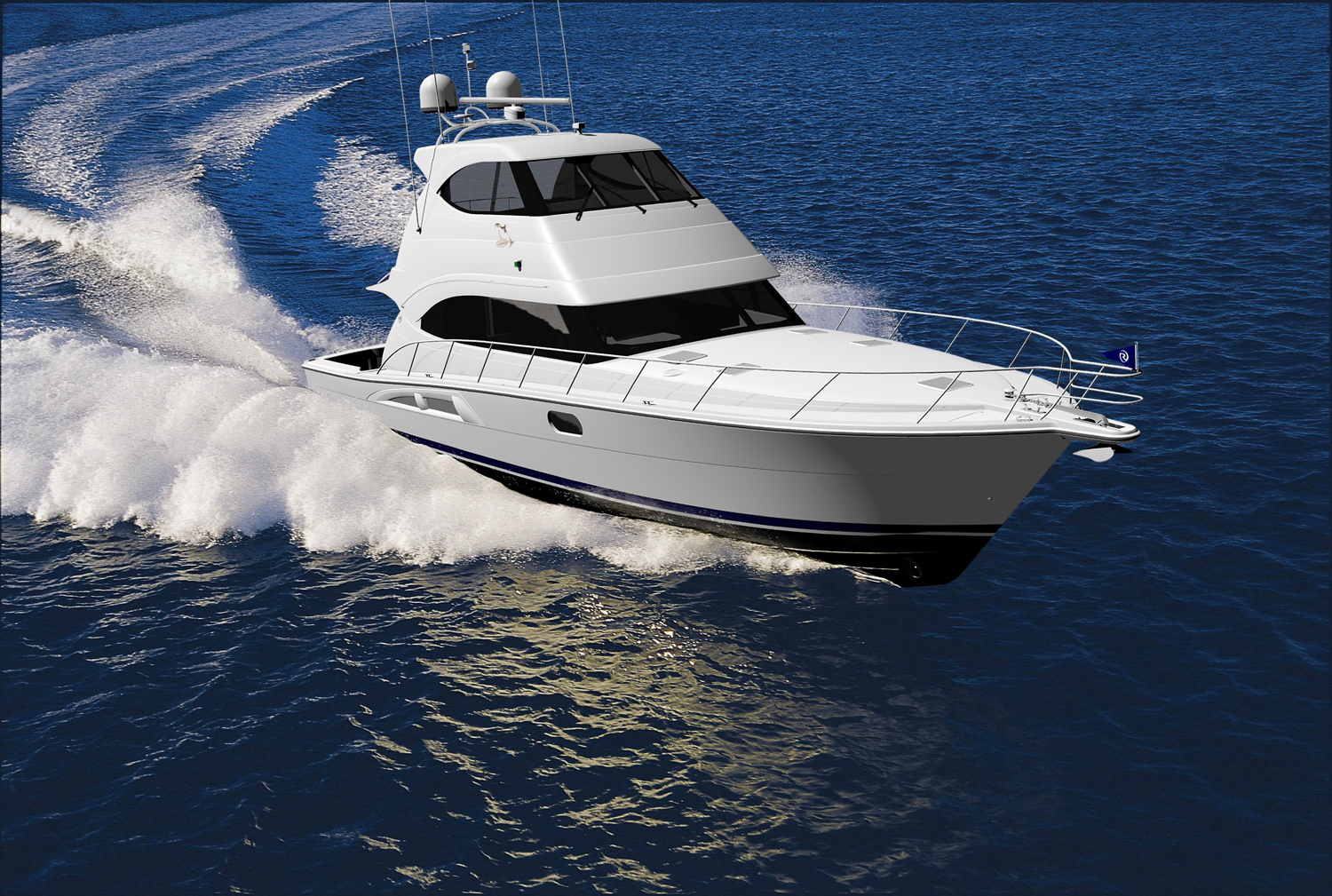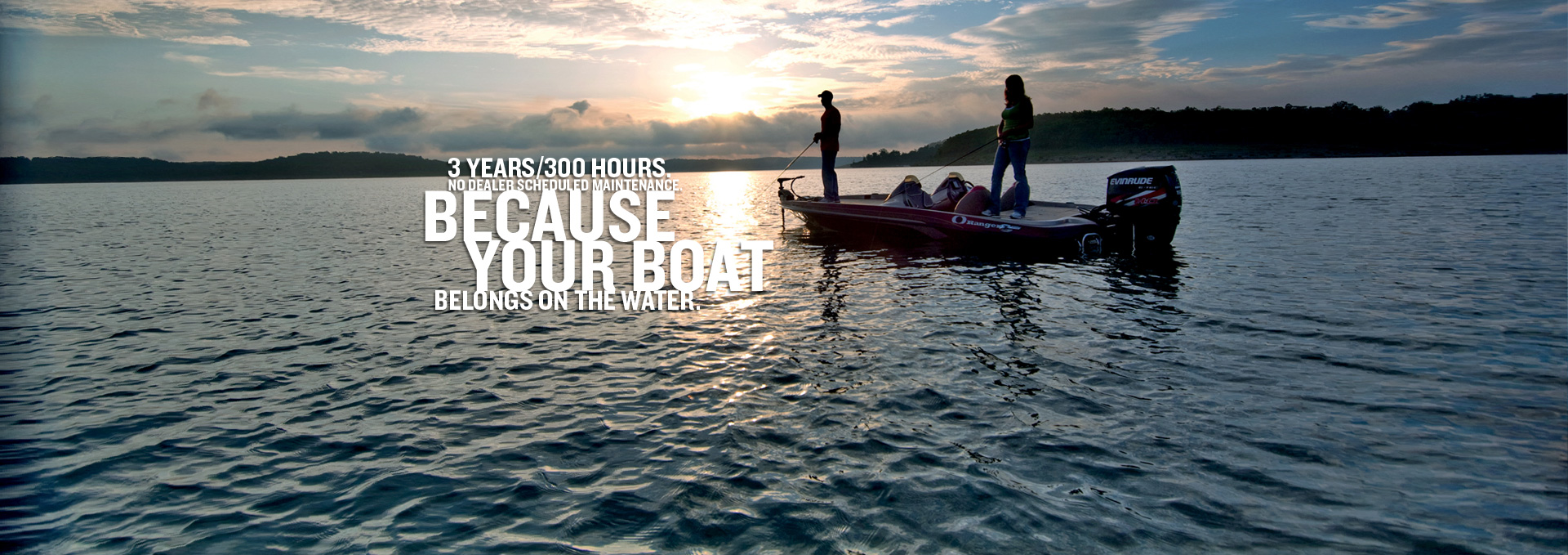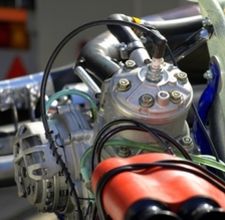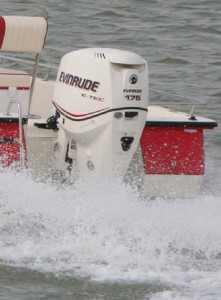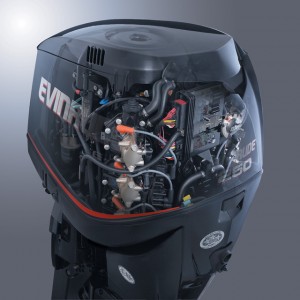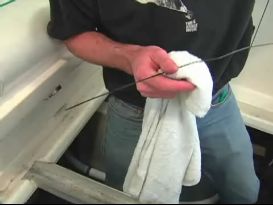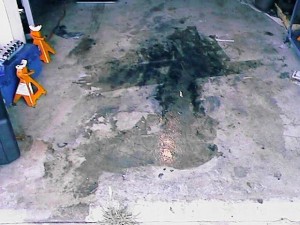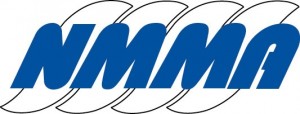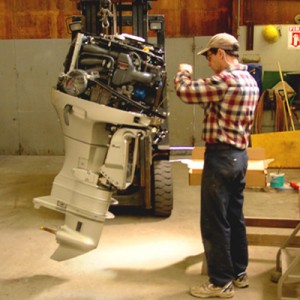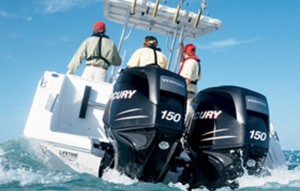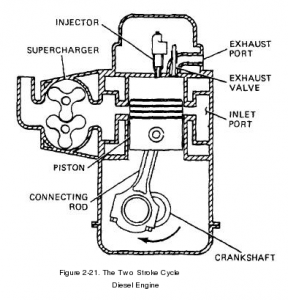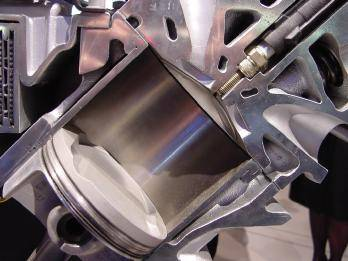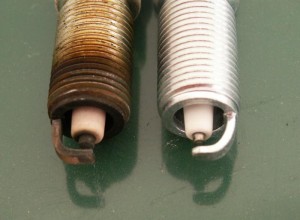Mixing Fuel for a Mercury Outboard Motor
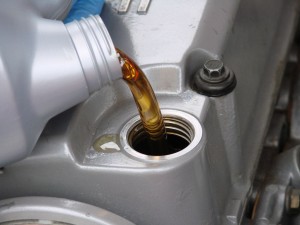 Older two-stroke Mercury outboard motors require hand mixing of oil and gas. Newer models like the OptiMax motors have an oil injection system that keeps the ratio of gas to oil correct. If you are using an older model two-stroke outboard motor, here is some advice for mixing fuel:
Older two-stroke Mercury outboard motors require hand mixing of oil and gas. Newer models like the OptiMax motors have an oil injection system that keeps the ratio of gas to oil correct. If you are using an older model two-stroke outboard motor, here is some advice for mixing fuel:
As a general rule of thumb, add three ounces of Mercury 2 stroke premium outboard motor oil for each gallon of gas. Pour the gas and oil into a singular container. Close the gas container tightly and then shake the container vigorously to ensure that the oil and gasoline mix thoroughly. Once you are confident that the solution is properly mix, add it to your boat’s fuel tank.


